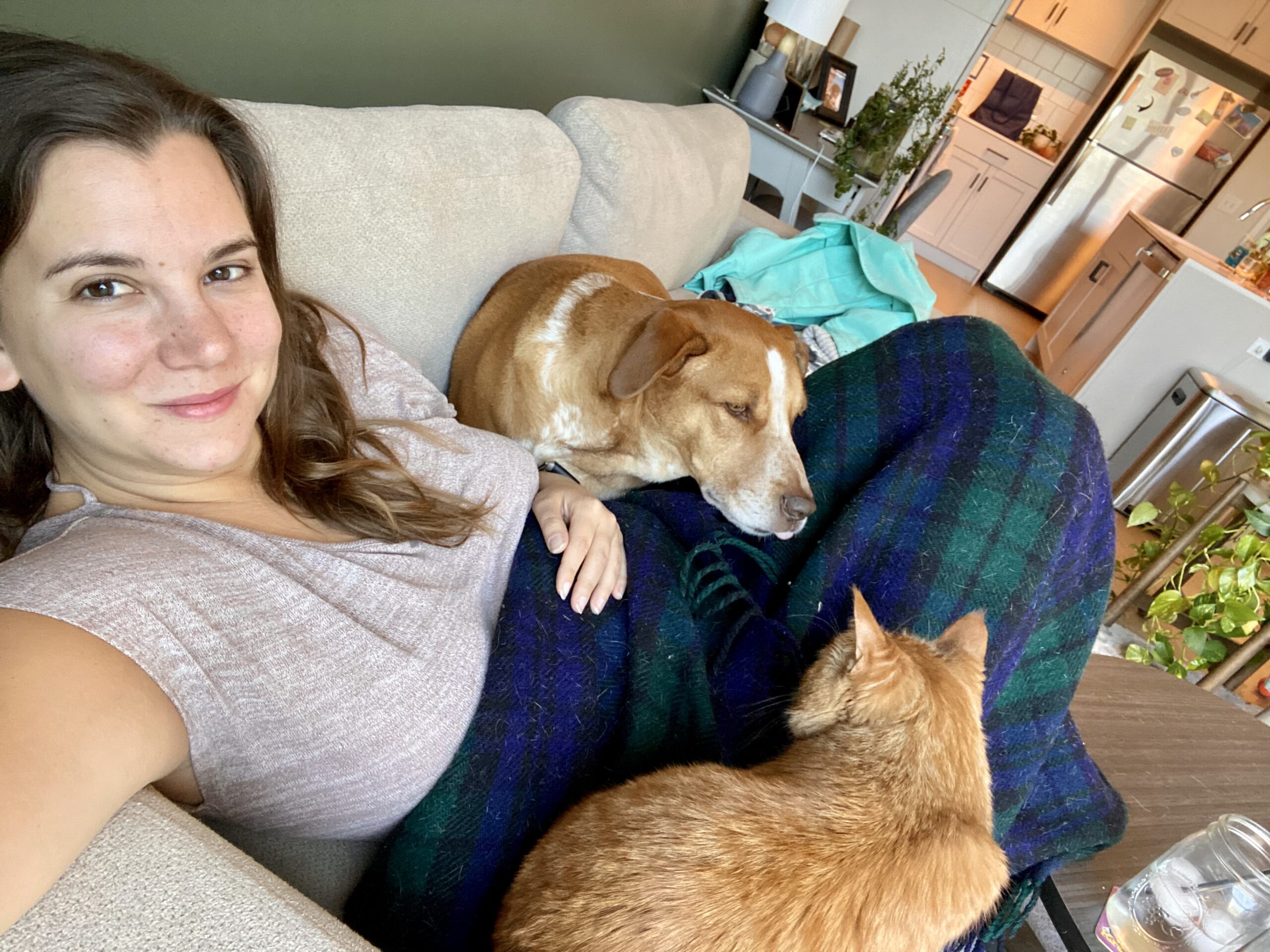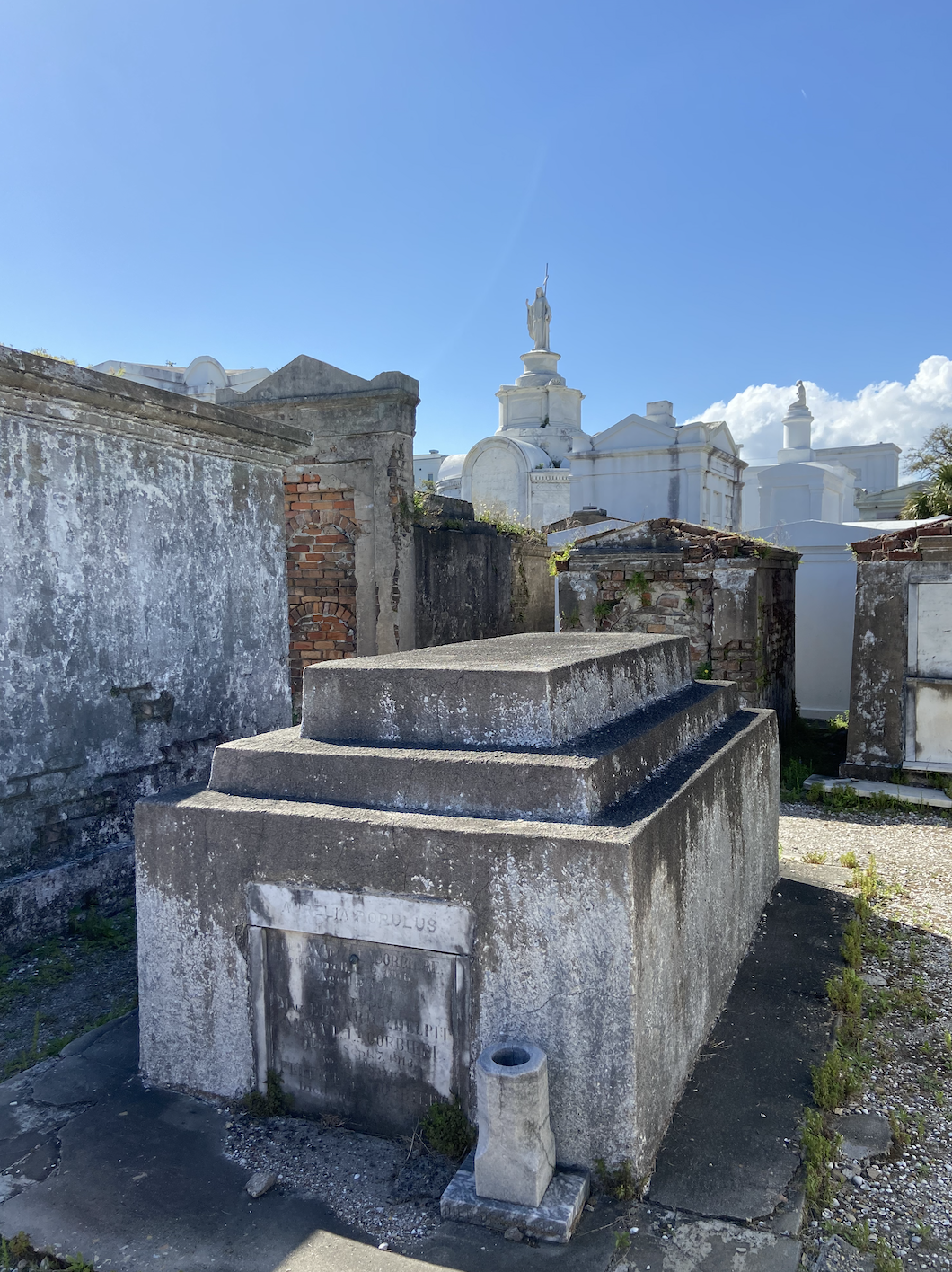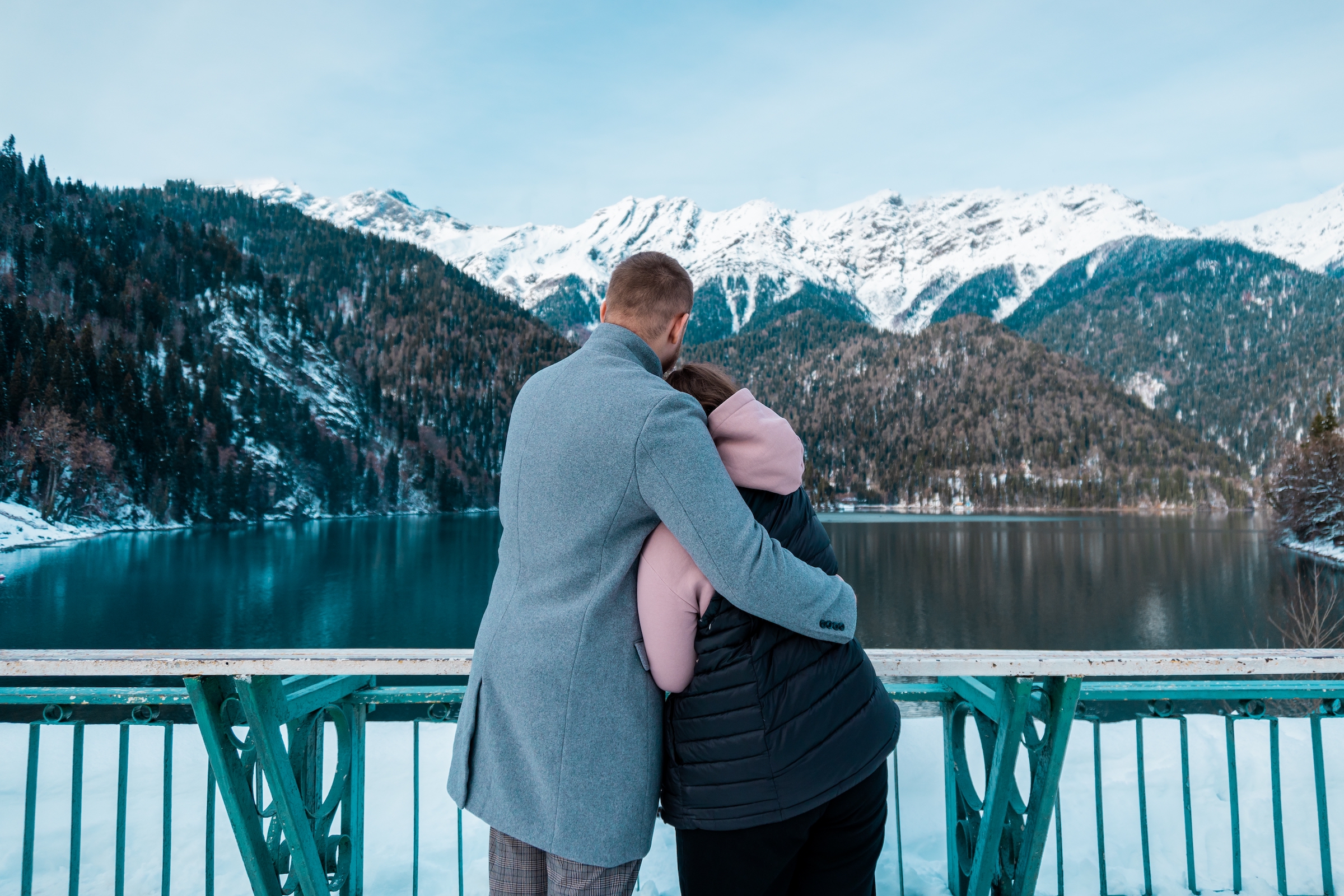
What Is Slow Travel?

“A whirlwind trip” is so often people’s travel experience that it’s become a cliche. People take a trip to New York City for two days, see a Broadway show and climb the Empire State Building, then think they’ve experienced the city. Or, they go to Hollywood and Disneyland, then think they know LA.
But, there’s a growing understanding that these trips can leave people feeling unsatisfied and as if they didn’t get an authentic experience from their travel. That understanding has led many to embrace what’s known as the “slow travel movement.”
What is slow travel, exactly?
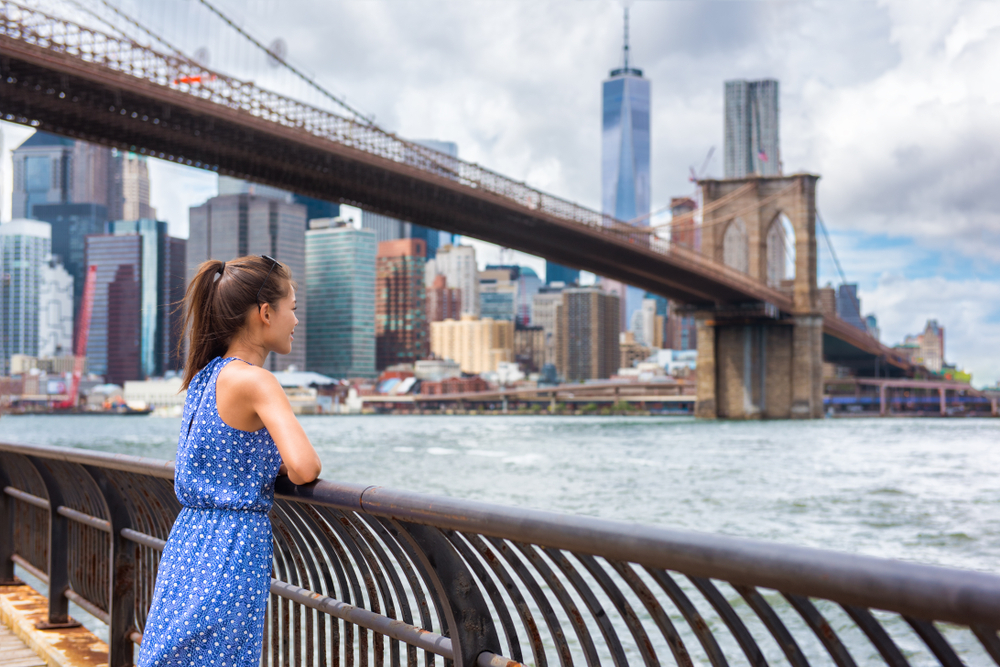
Simply stated, the slow travel trend emphasizes spending longer periods of time in a place in order to have a deeper experience. Instead of just traveling through to rack up a tally of cities or touristy spots visited, the idea is to really immerse yourself in a place.
Slow travel is not traditional tourism. It’s not about following a travel itinerary and staying away from the tour operators and books of travel tips for destination dabblers.
Slow travel means leaving the touristy areas and going out into less-visited neighborhoods that are the true lifeblood of any city. Travelers seek out local businesses, eat local food, go out where the locals do, or even discover local art and learn about the area’s history. Depending on the destination, it could mean discovering the nature around the city. Slow travel means stopping to smell the roses—both proverbial and literal.
Hopefully, slow travel also means the traveler is meeting local people and making friends in the local community (or maybe even finding a date or two, for the single digital nomads out there!). The point is to do the type of traveling that provides the long-lasting benefits of a deep cultural experience in a new place—without the tourist traps.
How slow is slow?
So, what counts as slow travel? Is a one-week trip sufficient for a meaningful experience, or do you have to stay somewhere for months to feel the benefits of taking it slow? Where does “tourism” end and “slow travel” begin?
There are no real hard-and-fast rules. It can vary depending on your travel goals and means. If your plan had been a quick weekend trip that you’ve been able to extend into a multi-day or weeklong trip, that’s a great first step! But generally, when people talk about slow travel, they’re talking about having a few weeks to a few months to really have the chance to get away from the beaten path and feel the benefits of more experience-based travel.
Today’s opportunities for slow travel

Aiming for this type of traveling can seem hopelessly aspirational, but the fact is that today’s employment trends give people more opportunities than ever to benefit from longer stays away from home. The ability to work from anywhere means a person isn’t tethered to a particular city, giving them the chance to travel without draining all of their PTO for the rest of their lives.
Post-pandemic, many employers are adapting to the idea of some of their workforce being remote. The digital nomad lifestyle is a more attainable (and sustainable) option than ever before. So, if your commute consists of a few Zoom calls broken up by hammering away at your laptop for a few hours, why not do that while checking a destination off your bucket list? Your nights can consist of more than just transferring from your desk to your couch for some streaming—you could instead be taking the time to explore a new city!
The best slow travel destinations in the U.S.
The best slow travel destinations fit into two broad categories:
- An area that has a particularly unique and interesting culture or environment that would really reward a deep dive.
- An area that has a broad range of cultures and/or possible experiences.
The best deep-dive destinations for slow travel
1. New Orleans
A good example of a place worthy of a deep dive is New Orleans, whose history has led to a particularly distinctive personality among American cities. A long stay here would allow you to learn the finer points of the art of jambalaya, become an aficionado of Sazerac cocktails, and experience all the live jazz music you want. It would also give you a greater opportunity to learn about and appreciate the history and lore of the city.
Interested in traveling to NOLA? Here’s how Landing member Jess Goudreault spent two months in New Orleans.
2. Portland
Speaking of unique personalities, Portland, Oregon, is a popular destination for people looking for a different perspective on life. The city has gained a reputation for attracting artsy, offbeat folks from around the country. A slow travel visit here could allow a person to connect with that part of their personality. Who knows? Maybe you’ll leave with a full wardrobe of crocheted clothes and/or a bushy beard worthy of the Pacific Northwest.
3. Denver
Another travel destination worth a deep dive is Denver, a city known for all the outdoor opportunities within close reach. There are few places that can compete with the hiking, camping, and winter sports available around Denver. A slow travel stay there would allow for greater exploration.
4. San Diego or Miami
Or, maybe for you, a deep dive in a destination is a little closer to the literal sense—maybe you want to spend time by the ocean! A longer stay in a place like San Diego or Miami could allow for hikes or jogs along the water at sunrise and sunset, finding the quiet beaches locals frequent to avoid the crowds, or becoming a regular at your favorite beachside bar.
The best destinations for broad slow travel experiences
1. New York City
The ultimate example of a city that allows for an endless variety of experiences in one place is New York City. NYC contains multitudes. People live there their whole lives without seeing everything there is to see. This is hardly breaking news, but it bears repeating that a traveler will never run out of things to do while slow traveling in New York.
The same goes for many of America’s other sprawling metropolises. Los Angeles, Chicago, the San Francisco Bay Area, Houston, Phoenix, and others similarly fit within the “broad experience” category.
2. Las Vegas
Here’s one that may not have occurred to you: Las Vegas. There’s so much more to the city than gambling and gaudiness. People come from all over the world to visit Vegas, and you can meet people from anywhere on earth without leaving the—umm—comfort of the scorching hot desert. There is a regular rotation of world-class shows and acts, as well as some of the best nightlife in the world. And, sometimes people forget that there’s a whole metro area of over 2 million people outside of the Strip, most of whom never even go to this tourism hub.
How to slow travel
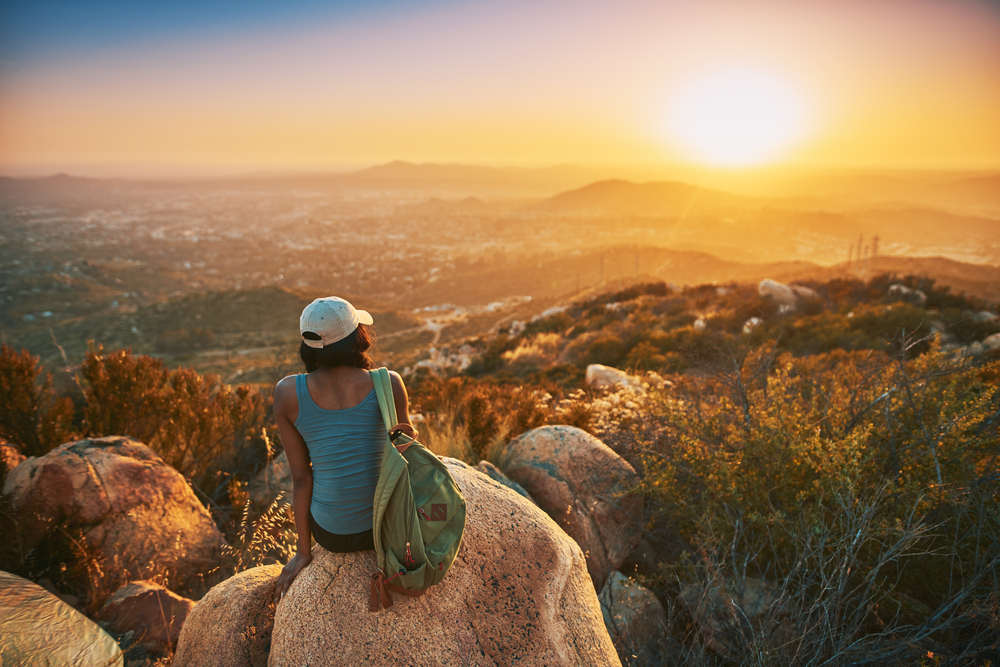
There are a couple of ways to make slow travel work. The key is to remember on your trips that you’re not a tourist. There are important differences between being a tourist and being a traveler. You’re avoiding the trappings of mass tourism. Slow travel doesn’t mean just living in a hotel long-term—you’re getting off the beaten path and living in the local community.
The #VanLife trend has been gaining traction. Traveling with your accommodation certainly has benefits, but people play a little fast and loose with their definition of “van.” It can mean anything from a huge, posh RV with Wi-Fi to do remote work (think white-collar Nomadland) to a VW bus with an old mattress in the back (think bohemian Nomadland).
The thing about #VanLife, though, is that it doesn’t always constitute actual slow travel. Van-lifers are usually laid-back, taking their time and enjoying the scenery, but the point of the trip is often to stay on the move. Taking a slow road trip across the country certainly has its appeal, but it’s not the same as deeply experiencing a place.
Some healthcare workers have the unique opportunity to become travel nurses. If you have a couple of years of nursing experience and crave a slow travel experience, travel nursing may be a great option. Nurses generally spend 13 weeks in a location before having the chance to decide if they want to stay or move on. Depending on the position and location, travel nursing can be quite lucrative, too.
One way to make slow travel work is by using Landing, which provides furnished apartments across the U.S. with flexible leases that let you stay for 30 days or more. This type of accommodation can be a great option for digital nomads, travel nurses, and anyone else who wants to benefit from slow travel life without living out of a hotel or furnishing a new house every time they move.
Get out there!
At some point or another, we all look out the window and wish we were seeing somewhere else. We stave off the burnout by planning out the itinerary for our next vacation, but then before we know it, that fast travel vacation is over and the scenery in our day-to-day life hasn’t changed at all.
Slow travel gives you the option to change your surroundings in a sustainable way, allowing for the chance to immerse yourself in a new local culture. If this type of lifestyle appeals to you, there’s no time like the present. Learn more about how Landing can help you bring your slow travel dreams to life.







